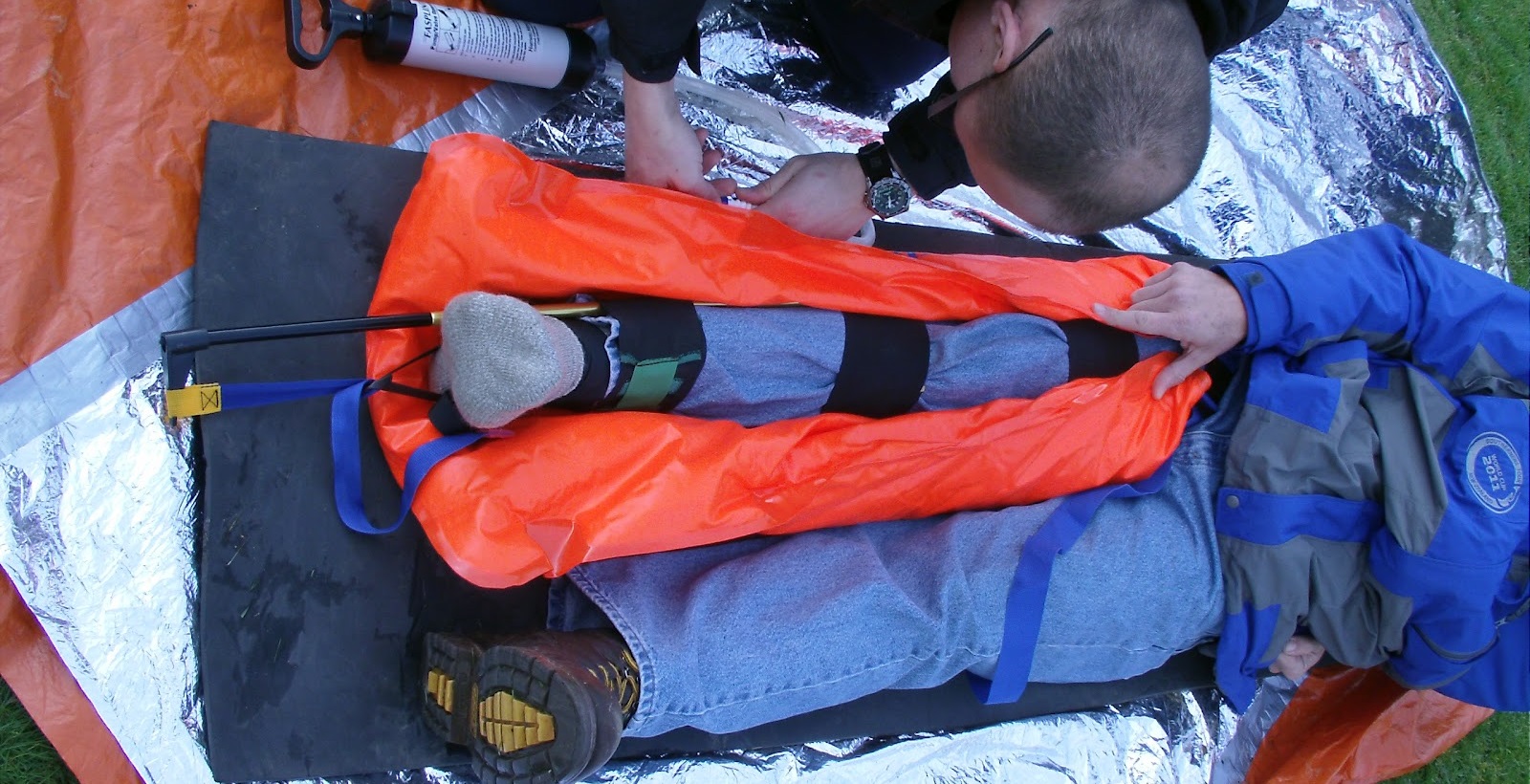
Differences in the activators utilized in each device limit the direct comparability. Conclusionīoth tests are potentially useful as means to rapidly diagnose coagulopathy, guide transfusion and determine outcome in trauma patients. The 24 articles reporting the use of viscoelastic tests in trauma patients, presented considerable heterogeneity. The fourth one was a head-to-head comparison of the technical aspects. The third article using commercially available plasma detected clinically significant differences in the results from the two devices. Another in cardiac surgery concluded that all measurements are not completely interchangeable. One in liver transplantation found that transfusion practice could differ depending on the device in use. Only 4 studies directly compared TEG ® with ROTEM ®. To verify the individual test parameter used in studies involving trauma patients, we further performed a review using the keywords “thromboelastography” and “trauma” in the PUBMED database.

Original studies directly comparing TEG ® with ROTEM ® in any area were retrieved. PUBMED database was reviewed using the keywords “thromboelastography” and “compare”, between 20. This review evaluates the comparability between TEG and ROTEM and performs a descriptive review of the parameters utilized in each test in adult trauma patients.

However, it is not clear whether the results can be similarly interpreted. Due to the similarities between the two tests, general opinion seems to consider them equivalent with interchangeable interpretations. Viscoelastic tests such as thromboelastography (TEG ®) and rotational thromboelastometry (ROTEM ®) have been proposed as superior to traditional lab tests.

Transfusion in trauma is often empiric or based on traditional lab tests.


 0 kommentar(er)
0 kommentar(er)
